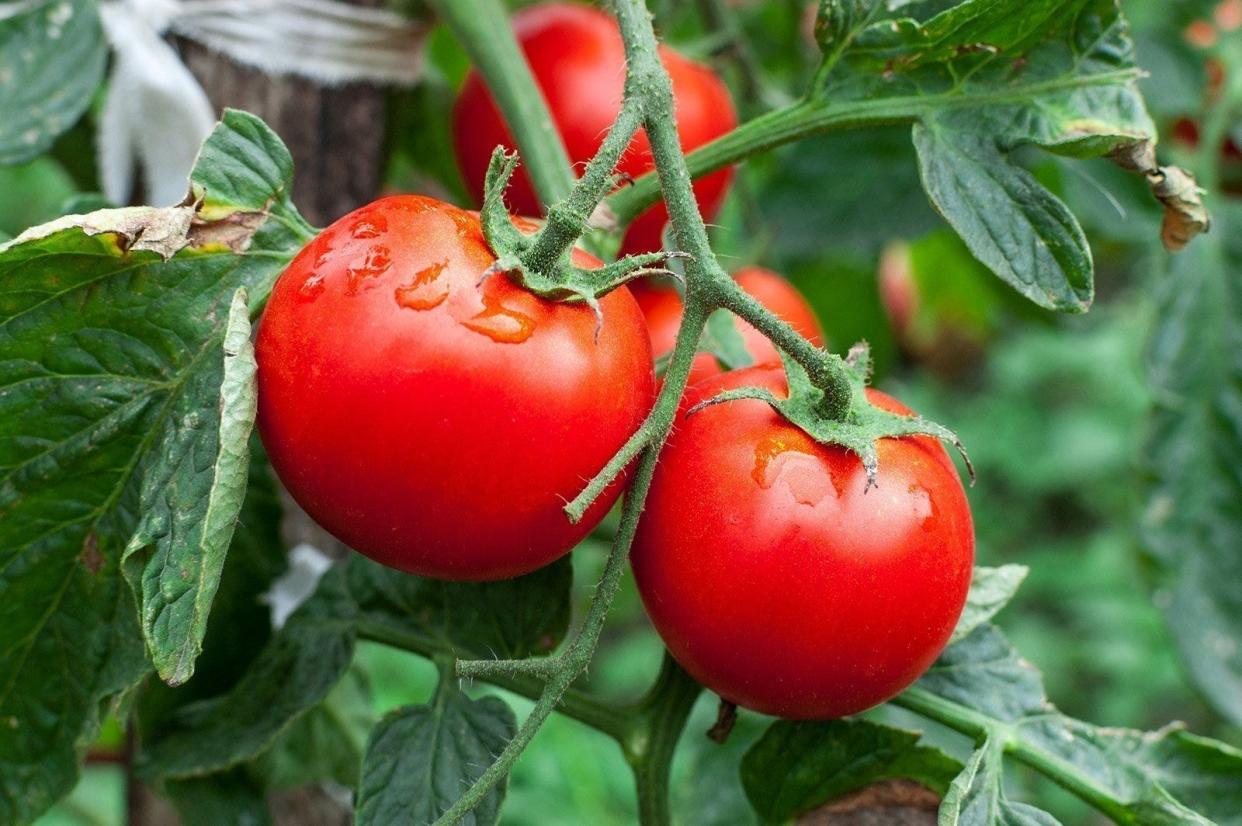Despite the heat, summer is actually a good time to plant many vegetables, flowers

It’s tough to write about landscaping and gardening when it’s so discouragingly hot and dry, but gardeners are eternal optimists and know that better conditions are always around the corner. Fall is still a few months away, but it’s the best time of year for many vegetables and flowers, and now is the time to start planning and planting for a bountiful fall season.
When they start popping up in nurseries and garden centers, plant fall perennials and annual color such as autumn joy sedum, autumn sage, fall aster, marigold, zinna, etc. Prepare the soil with compost, install drip irrigation but water by hand for the first few weeks, and apply a thick layer of wood mulch (three to four inches deep) to help the plants establish well through the heat and grow strong roots for beautiful fall blooms.
Believe it or not, now is prime time to plant tomatoes! July/August is a great time of year to plant fresh new tomato transplants for fall production. Other warm-season vegetables such as eggplant, cucumber, okra, peppers and squash can also be planted in late summer for a fall crop before it freezes in November.
Tomatoes prefer cool weather and have trouble setting fruit when it’s over 90 degrees. The larger the variety, the harder it is to get tomatoes when it’s hot. Small cherry tomatoes can usually produce well all summer, but fertilization and fruit production in larger varieties slows down in late spring and stops altogether in summer. Many spring-planted plants start to get stressed from pests like spider mites in the summer, so if your plants aren’t looking healthy consider replacing them with new transplants. Fall is a wonderful time of year to grow vegetables in West Texas.
Choose large, healthy plants and encourage them to put on as much growth as possible in their first few months by irrigating steadily and fertilizing with nitrogen – but give them some time to establish before fertilizing. Nitrogen fertilizers can easily scorch or damage brand-new transplants. Keep a close eye on water needs, apply mulch and provide some shade in the afternoon for the first few weeks until they establish strong roots.
For those that have tomatoes producing fruit but are struggling with birds, raccoons, etc. getting to them first, harvest as soon as they are full size and start to develop some color – research shows that tomatoes can be harvested fairly green with just a bit of pink or red color, and will fully ripen on the counter in the kitchen with no loss of flavor, quality or nutrients.
Allison Watkins is the Texas A&M AgriLife Extension Agent for horticulture in Tom Green County. Contact her at aewatkins@ag.tamu.edu.
This article originally appeared on San Angelo Standard-Times: Despite the heat, summer is actually a good time to plant

